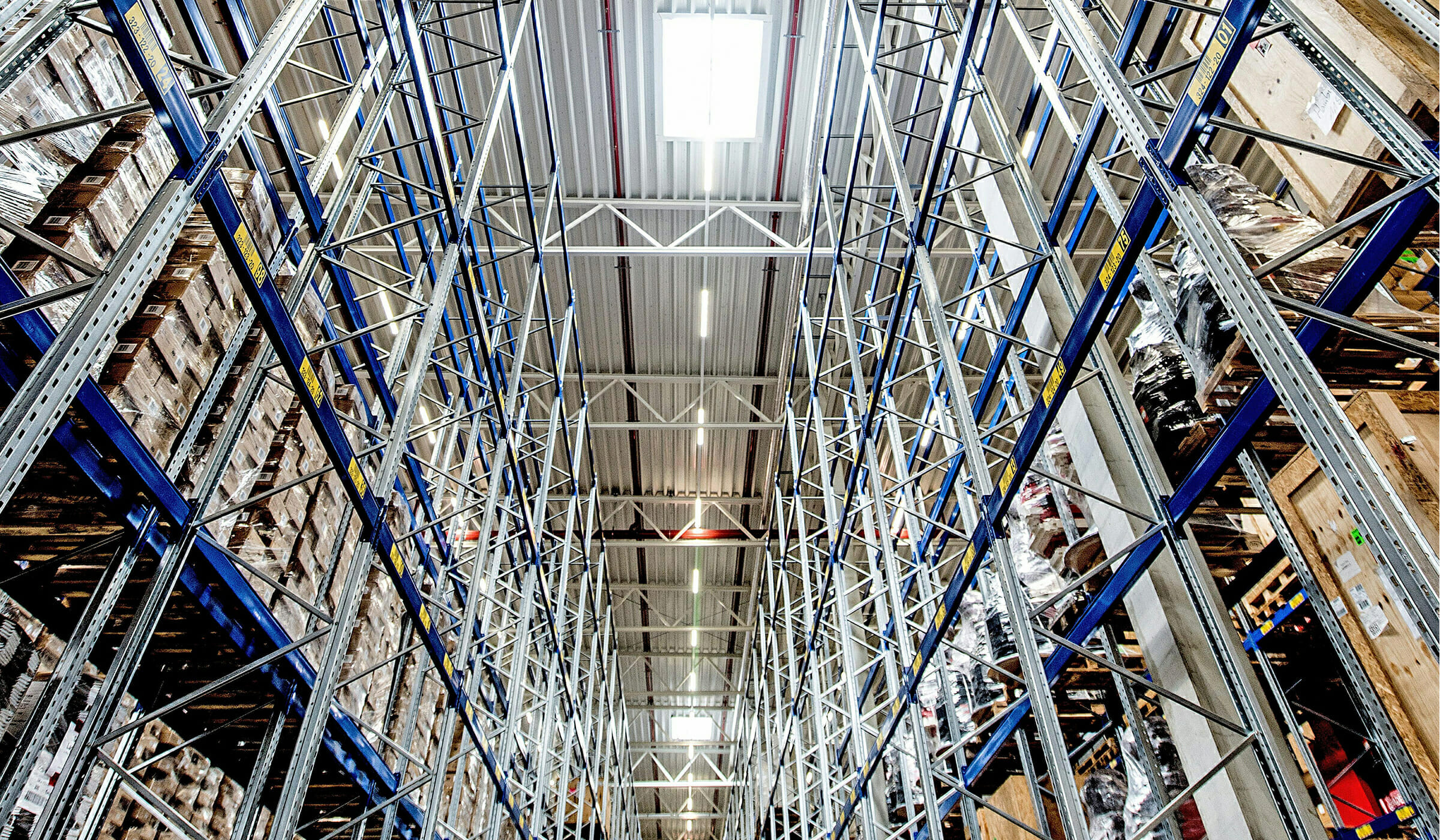

Property
Increasingly, Goodman’s sustainable properties have innovative features that improve energy efficiency, performance and the well-being of our customers.
As a key partner in our customers’ supply chain, we know the value of strategically located properties. We prioritise accessibility, efficiency and functionality in properties that can adapt to a range of uses and are designed with climate resilience top of mind.
We build long-term relationships with our customers and pride ourselves on maintaining high retention and occupancy rates.
Material issues
Increased our target of 100MW of solar PV installed on our rooftops by 2025 to 400MW
Currently, there is approximately 50MW installed and operating globally
Completed new installations in Australia, China and Europe with several more planned
Continued investments in solar PV to provide renewable energy at our properties
Significant current use of renewable energy in UK, Europe and New Zealand
Looking at ways to supplement our transition to renewable energy through renewable power purchase agreements
Approximately 15% energy reduction across the Australian office portfolio
Further investment in onsite solar energy and other efficiency projects
Investigating ways to offset residual carbon to achieve carbon neutral day-to-day operations (excluding development activities)
Achieved a 97.5% occupancy rate.

Our specifications differ across our global regions but common
sustainability features in our developments include:

